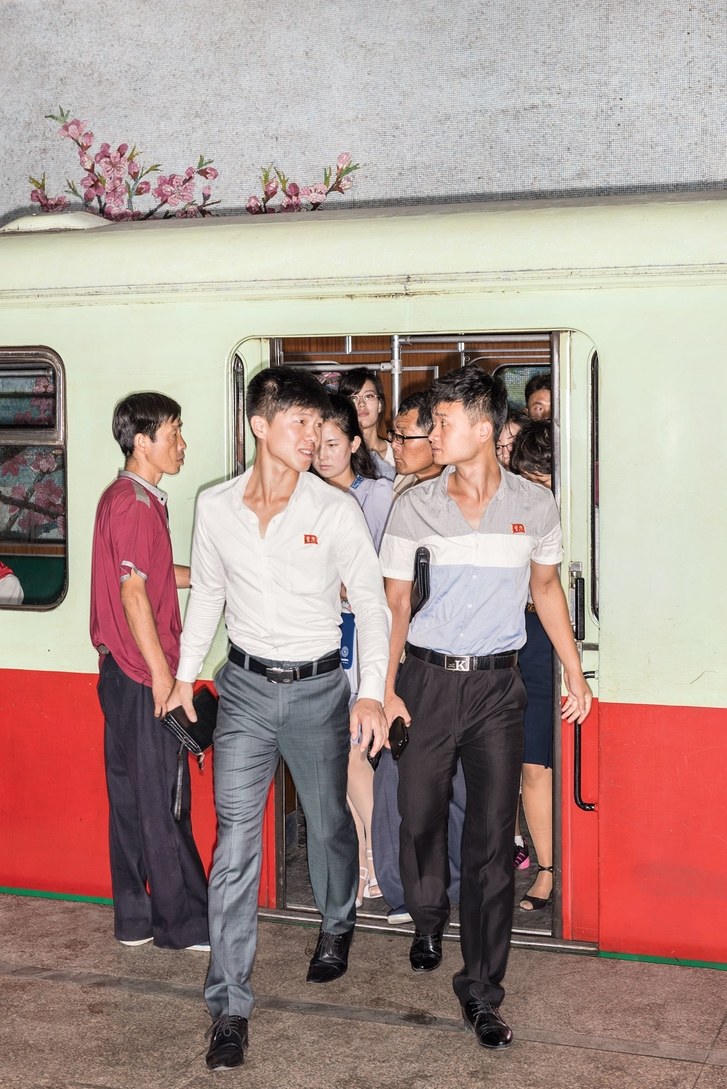
Could Kim Jong Un and Donald Trump goad each other into a devastating confrontation?
In 2011, when Kim, at the age of twenty-seven, became the third member of his family to rule North Korea, many analysts around the world predicted that his regime would not survive. But, six years later, he is very much in charge — "He's the only guy that counts," said one senior U.S. official — and he has accelerated the development of North Korea's nuclear and missile programs. To Americans, his actions can look bizarre, even crazy, but to the strategists and analysts who study him, Kim is rational about his national interests.
By the summer of 2017, after a series of missile and nuclear tests, Kim had thrust North Korea into a standoff with Trump. The relationship between North Korea and the United States entered a period of brinkmanship and hostility of an intensity rarely seen since the end of the Korean War in 1953.
How does the nuclear crisis look from North Korea's perspective? What does Kim's government really think about Trump's strategy, including the threat to launch a "preventive war"? What has shaped Kim's decision-making, behavior, and political personality? What will his actions mean for the future of nuclear security?
With those questions in mind, Pulitzer Center grantee and New Yorker staff writer Evan Osnos visited in Pyongyang, Seoul, Beijing, and Washington, to produce a portrait of a twenty-first century nuclear crisis.







